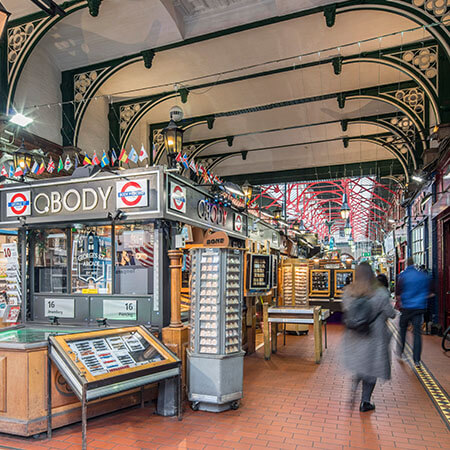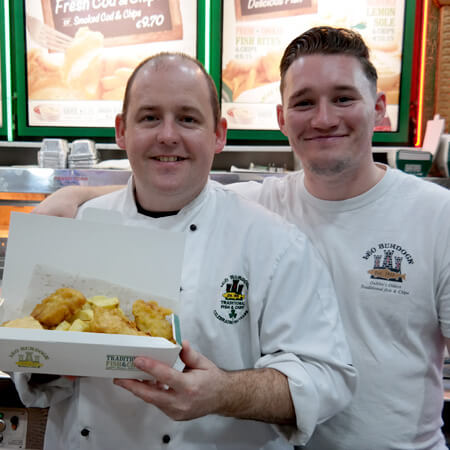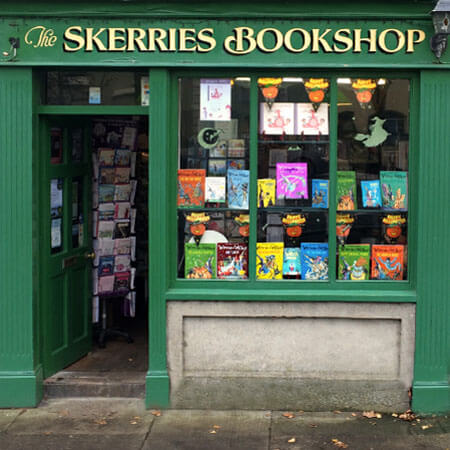A closer look at Howth
Nestled in the wild and bushy hillsides, overlooking the sea in north county Dublin, you’ll find Howth. A world away from the hustle and bustle of the city, it’s one of those precious resorts that make Dublin so unique.
This seaside sanctuary attracts many Dubliners and tourists on the weekends. There are lots of treasures to enjoy here – history, hiking and seafood amongst them.
A brief history of Howth
The name Howth is thought to be of Norse origin. ‘Hoved’, meaning head, eventually became Howth. Originally an island, a sandy tombolo now joins it with the mainland.
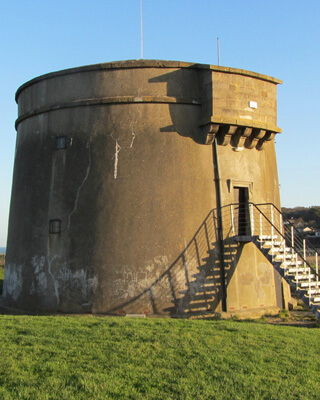
The Martello Tower at Howth
Jutting out into the sea is Howth pier. A lighthouse at its end overlooks Ireland’s Eye – an uninhabited island accessible by boat.
The Vikings substituted the word ‘Island’ with ‘Ey’, the Norse equivalent, and so it became known as Ireland’s Eye.
The island is home to a variety of seabirds, as well as a Martello tower – which we’ll tell you more about later.
Looking back towards the mainland, the seafront is lined with colourful buildings, the majority of which are seafood restaurants.
Fresh food from local fishing nets
Did we mention the seafood? The lobster pots stacked along the harbour and the countless fishing boats in the water all point to the fresh seafood to be had at Howth’s local restaurants.
Popular with anglers, cod and ray can be caught here, and seals are a common sight at the harbour. They often hound the fishermen coming in for scraps.
Beshoff’s, which would compete with Leo Burdock’s for the tastiest fish and chips in Dublin, sits by the seafront. Visitors sit out front on the green areas, munching from takeaway boxes and giving the scene an easygoing, relaxed air. It’s not all about fine dining and yachts!
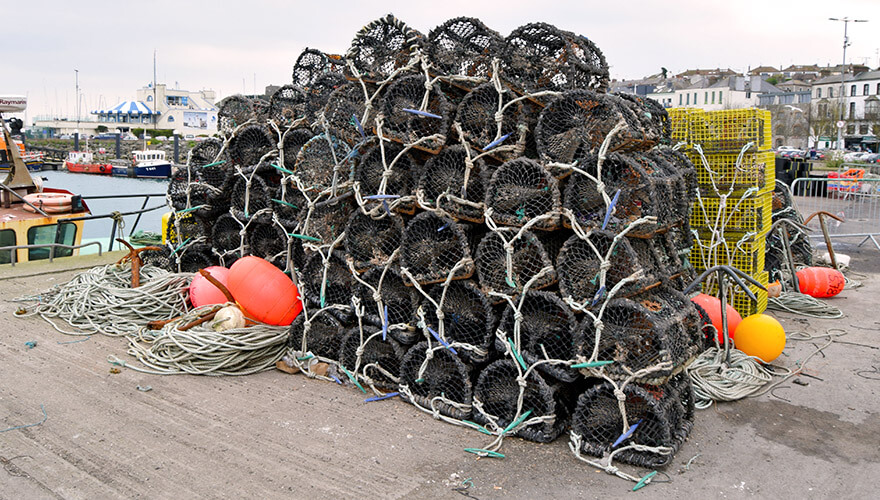
Lobster pots stacked along the harbour at Howth
A mecca for people who love the outdoors
If you feel like more than a stroll, there are plenty of hikes and walks among the hills and cliffsides nearby. Why not take a walk up to the Martello Tower, on top of a hill overlooking Howth village?
In the early 19th century, the British built Martello towers in anticipation of an invasion by Napoleon. These bomb-proof forts housed powerful cannons which could fire at incoming ships.
This particular tower plays host to a surprisingly quirky guest, Ye Olde Hurdy Gurdy Museum of Vintage Radio. This is a little museum, with a trove of communication devices and radios – some still working. If you’re lucky, they might even play you an old record while you’re there!
One of Howth’s cliff walks. Photo by Alejandro Luengo
On Harbour Road, tucked away in a small courtyard, you’ll also find an array of charming stalls at Howth Market.
Here, you can pick up some jewellery or Irish crafts, smell the baked goods and sample the cheese and olives. Try the freshly cooked churros too. On a sunny day, they bring a Spanish vibe to this North Dublin suburb.
The castle held captive by a pirate queen
A 10 minute walk from the market is Howth Castle. This is the private residence of the Gaisford-St. Lawrence family. It is also one of the oldest occupied buildings in Ireland.
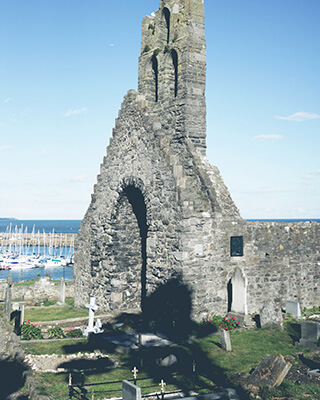
St Mary’s Abbey – image courtesy of Fáilte Ireland
It’s not usually open to the public, but every now and then a tour can be booked through its website.
A popular tale from 1576 tells of the time the feared pirate Grainne O’Malley attempted to visit the Earl of Howth and was refused entry.
She abducted his grandson for revenge and, as a ransom, demanded that guests would be never be turned away again. She also ordered that the gates of Deer Park, the Earl’s estate, should never close to the public.
The gates are still open to this day and an extra place is always set for unexpected guests during the castle’s formal dinners – or so they say!
What about living in Howth?
There is so much to see and do in Howth that it deserves more than a single visit.
From the view of the Baily Lighthouse on the cliff walk through to the ruins of St. Mary’s Abbey, which date back to 700AD, it’s one of the best places in the county to get away from it all and explore Dublin’s coastline. So pick a sunny day, grab the binoculars and get the DART from the city centre out to Howth.
Living in Howth comes highly recommended too. With easy access to beautiful mountains and scenic sea views, as well as the bustling city centre, residents get the best of both worlds. Why wouldn’t you want all this on your doorstep?
New to the city? Check out our introduction to Dublin’s neighbourhoods for more local insights and lore.
